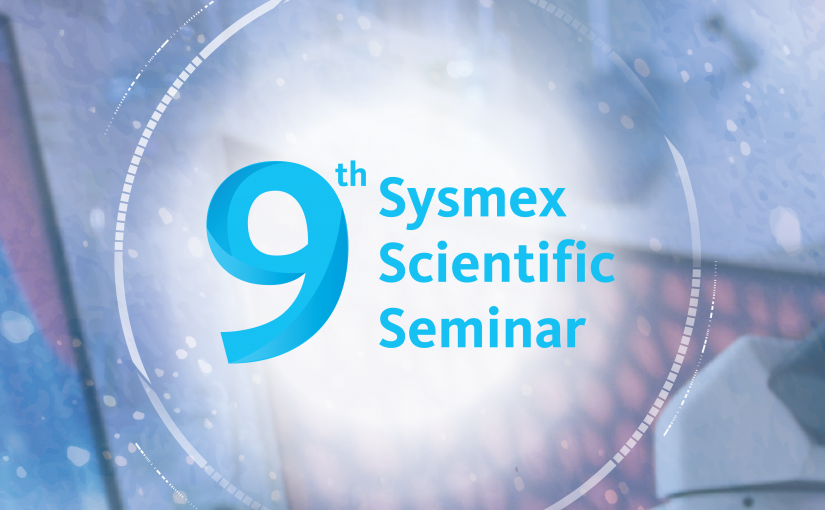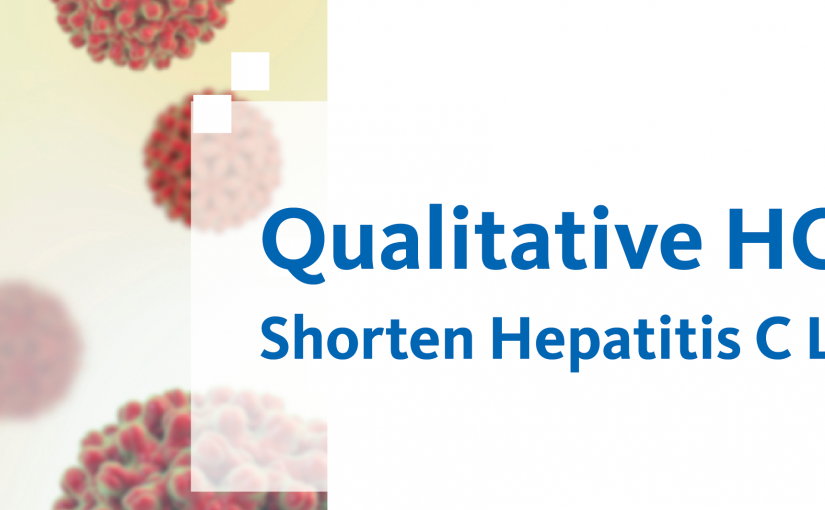CPD Expert Series: Exploring Beyond CBC in Haematological Malignancies
Speakers
Cell Population Data (CPD) Driven Flagging in Haematological Malignancies

Dr. Tahir Shamsi, Professor, Consultant Haematologist & Transplant Physician at National Institute of Blood disease and Bone Marrow Transplantation, Karachi, Pakistan
HPC Count Is an Effective Surrogate Marker for CD34+ Cell Count in Allogeneic Stem Cell Transplant

Dr. Aisha Jamal, Head, Section of Acute Leukemia & Coordinator Department of Bone Marrow Stem Cell Transplantation at National Institute of Blood disease and Bone Marrow Transplantation, Karachi, Pakistan
Objectives of the Lectures
Cell population data (CPD) from the XN haematology analyser contains various important information about blood samples.
In this webinar, we draw upon the experiences from our key opinion leaders to understand how these parameters can be extracted for use in the clinical setting. Beyond routine complete blood count measures, CPD further supplements the results with good efficiency and timesavings. We explore the applications of hematopoietic stem cell transplantation and in aiding to diagnosis hematological malignancies in this sharing session.
Abstracts of Talk
Cell Population Data (CPD) Driven Flagging in Haematological Malignancies
The haematology analyser, Sysmex XN-1000, generates white blood cell count with varying scattering intensities during a complete blood count (CBC) analysis. Six neutrophil scattering parameters i.e., neutrophil side scatter mean intensity, neutrophil side fluorescence light (SFL) mean intensity, neutrophil forward scatter mean intensity, neutrophil side scatter area distribution width (NE-WX), neutrophil SFL area distribution width (NE-WY), and neutrophil forward scatter area distribution width (NE-WZ), measured in white blood cell differential scattergram generated by the hematology analyzer (Sysmex XN-1000) at an academic medical center. We collected 433 blood samples from acute myeloid leukemia (AML) and acute lymphoid leukemia (ALL) cases and normal controls. AML group showed highly significant differences in the mean values compared with the control group.
Out of six neutrophil scattering items, NE-WX, NE-WY, and NE-WZ showed high efficiency, with area under the curve (AUC) values of 0.764, 0.748, and 0.757, respectively, to differentiate AML from ALL cases and control groups. When comparing combined acute leukemia cases (AML plus ALL) with the control group, NE-WX, NE-WY, and NE-WZ generated highly significant AUC values (0.840, 0.884, and 0.801, respectively).
The neutrophil scattering parameters generated during CBC analysis provide a new tool for the prediction of acute leukemia and its lineage. Machine-learning can improve the ability using CBC to diagnose haematological malignancies early.
HPC Count Is an Effective Surrogate Marker for CD34+ Cell Count in Allogeneic Stem Cell Transplant
Success of the Hematopoietic stem cell transplantation (HSCT) relies on the infusion of targeted adequate dose of adult hematopoietic progenitor cells (HPC), i.e. ≥ 2million CD34+cells/kg of recipient’s body weight. CD34+ cell enumeration by flowcytometry is universally accepted to be the most efficient and reliable indicator of HPCs. This modality, though effective, is highly expensive, operator dependant, and labor intensive. Enumeration of XN-HPC by sysmex XN series is a cost-effective, operator independent, non labor intensive process with a rapid turnaround time of 90 seconds.
In out two recent studies the functional equivalence of XN-HPC to CD34+ cell count was investigated in both harvested peripheral blood (PB) and bone marrow (BM) stem cell products in a strictly allogenic stem cell transplant setting. In 84 PB products, a moderately positive correlation (P value = .003) was established between the two variables. ROC curve analyses demonstrated that the XN-HPC of ≥1·845×106cells/kg of recipient’s body weight has a specificity and sensitivity of 100% and 78·2%, respectively, for the targeted CD34+ cell count. The cutoff was prospectively validated in 112 donors. PPV and NPV were found to be 100% and 17% respectively.
For 49 harvested BM products, statistically significant correlation was obtained between XN-HPC and CD34+ cell count with Sperman’s rho of 0.48 (p-value <0.01). The optimal XN-HPC cutoff, for the targeted CD34+ cell count, was calculated to be ≥2.80×106 cells/kg of recipient’s body weight, with the specificity and sensitivity of 100% and 30% respectively. ROC curve demonstrated area under the curve to be 0.72. Phase 2 validation revealed 100% PPV.
In conclusion, XN-HPC has a highly promising potential to serve as a cost-effective and time-saving surrogate for CD34+ cell count.
We hope you have enjoyed the webinar and gained new insights!
May we request your time for a short survey?
Scan Here




